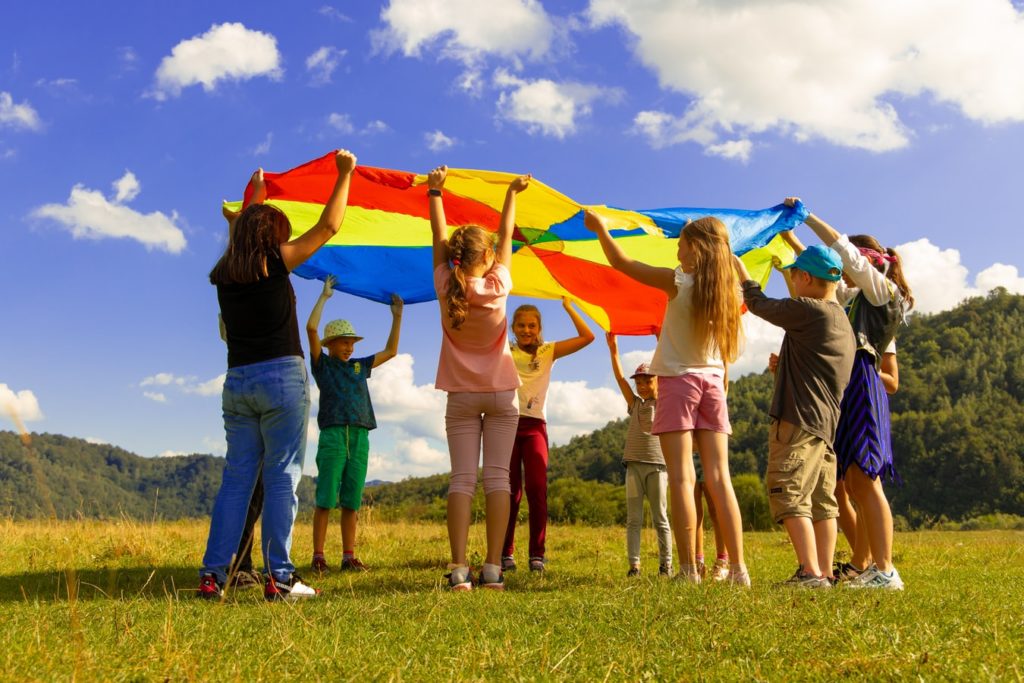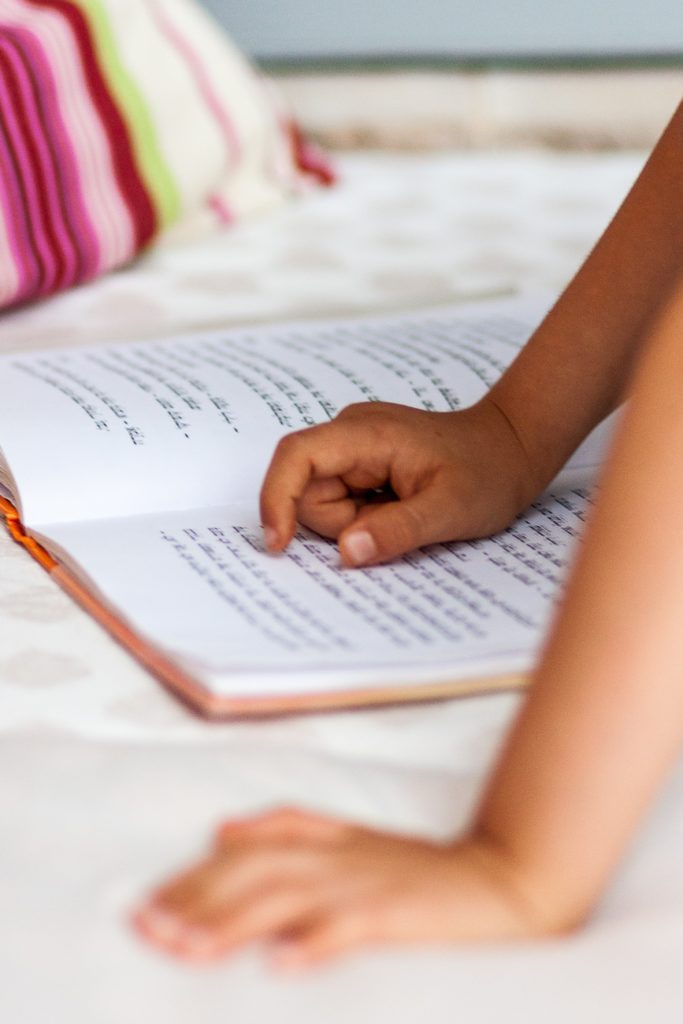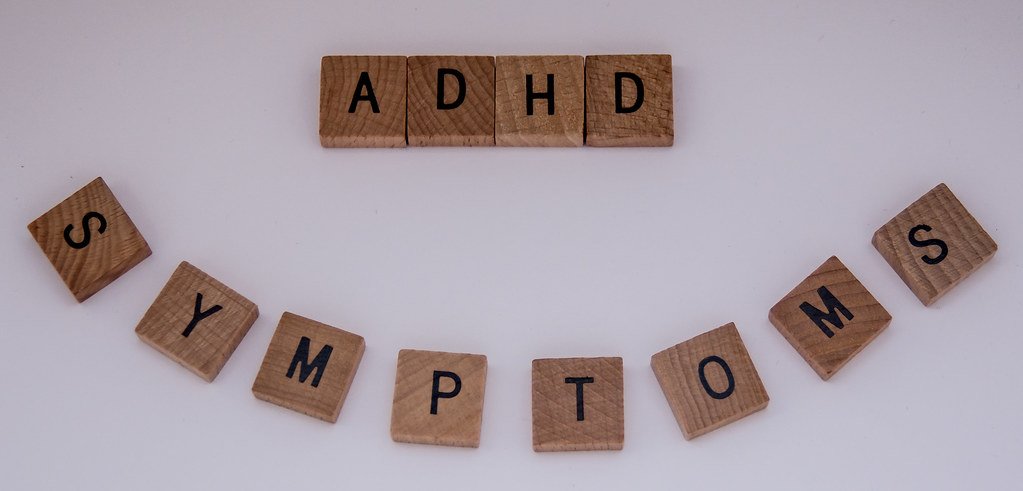ADHD is one of the most common neurodevelopmental disorder among children and adults in the U.S. Understanding the symptoms of ADHD can help with diagnosis and understanding treatment options. Here is a list of symptoms as well as natural treatment methods!
What is ADHD? – Attention deficit hyperactivity disorder is a neurodevelopmental disorder that primarily affects young children. However, it can persist into adulthood. There are two forms of ADHD, one involves hyperactivity like restlessness or not being able to sit still. The second form is called ADD, which stands for attention deficit disorder. This one is less obvious because the person with ADD isn’t as restless but instead has trouble retaining information, focusing and struggles with impulse control.
In 2011, 11% of children in the United States were diagnosed with ADHD. This number grows each year and doesn’t take into account the adults with ADHD. Adults over 18 who are diagnosed with ADHD account for 4.4% of the U.S. population.
Due to how common both these disorders are, they are regularly called learning disabilities. However, they aren’t really disabilities at all. People with ADD and ADHD live completely normal lives, but just struggle with conventional teaching and learning methods. Most children require extra attention from a teacher or they need more hands on learning.
In our current society, we can find entertainment in seconds. All we need to do is turn on our phones and we can endlessly scroll through entertaining content. This is a huge contributing factor to ADHD. Our attention spans have become much lower thus requiring new methods of learning, maintaining focus and engagement.

Symptoms of ADHD
Symptoms of ADHD are much easier to see in young kids than adults. As we get older, our personality traits can be attributed to other things rather than just ADHD. If you think your child or yourself has ADHD or ADD, look for these symptoms:
Easily Distracted – Inattention
Children are often easily distracted and it doesn’t necessarily mean they have ADHD. However, there are several ways to spot inattention especially in the classroom:
- Procrastination
- Doesn’t complete tasks or chores
- Moves from one activity to another without finishing the first one
- Distracted by trivial noises
- Forgets daily activities or appointments (forgetting lunch, missing appointments)
- Trouble staying on topic or listening to others
- Daydreaming
Impulsivity
Many people with ADHD are impulsive or have impulsive tendencies. Being impulsive isn’t just about making rushed decisions or not thinking things through. It can also look like this:
- Impatience
- Difficulty waiting their turn
- Blurting our answers or interrupting
- Starting conversations at inappropriate times
Hyperactivity
Most symptoms of ADHD show up before high school. Hyperactivity is often one of the most obvious symptoms of ADHD. Being hyperactive isn’t just reserved for kids, it can be be prevalent in adulthood as well. It can look like several things, here are a few examples of hyperactivity:
- Fidgeting or squirming when seated
- Restlessness (walking, moving, climbing, touching at inappropriate times)
- Trouble with being quiet or doing quiet activities
- Always “on the go”
- Excessive talking
Difficulty Retaining/Learning/Recalling New Information
People with ADD or ADHD have difficulty with working memory. This means that learning, retaining and recalling new information or concepts is a bit more challenging. This can cause disorganization, short-term memory loss and overall difficulty when taking on new tasks. People with ADHD and ADD learn in different ways. Simply reading or watching something once or twice doesn’t always cut it. A hands on approach is often the way to help people with ADD/ADHD learn new concepts or take in information.

@victoriabcphotographer | Avoid Unnecessary Medications
Treating Symptoms of ADHD
Many treatments for ADHD or ADD require the use of medications. However, some of these medications can have serious adverse effects on mental and physical health. Stimulates and amphetamines that are often prescribed to treat ADHD are actually very dangerous. Some of their side effects can trigger new disorders like anxiety, depression and eating disorders. Side effects include:
- Mood swings
- Loss of Appetite
- Sleeping problems
- Heart problems
- Suicidal thoughts or actions
It’s safe to say that most parents and people don’t want any of those things for their kids or themselves. Seeking natural methods before or in combination with medication is key. The goal should be to only be on medication short-term until you learn new coping mechanisms. If medications can be avoided, that is the most ideal outcome.
Here are natural treatments and solutions for ADHD:
Diet
An ADHD diet requires restricting sugar and simple carbohydrate consumption. These foods cause spikes in blood sugar levels which can trigger symptoms of ADHD or ADD. Additionally, foods with artificial colors or preservatives can also play a role in difficulty with concentration, forgetfulness and organization.
Choose brain foods like fruits, veggies, nuts, legumes and olive oils. Even supplement the diet with vitamins and nutrients like Vitamin B-6, zinc and magnesium.
EEG Treatment
EEG or electroencephalographic biofeedback is a type of neurotherapy. It measures the brain waves and according to a 2011 study has promising affects for treating ADHD. With this treatment a person will play a video game or concentration task. If they get distracted the screen goes dark. The game is meant to teach people new focusing techniques and over time, the person will be able to identify triggers.
Spending Time In Nature
Nature is the greatest medicine. It can help treat anxiety, depression and ADHD. Spending time outside is a benefit to everyone, especially children. Simply spend 20-30 minutes of outside time a day to improve concentration and other mental functions.
Yoga
Some studies indicate that yoga or tai chi classes can help people with ADHD. It can help soothe symptoms of hyperactivity and anxiety. Yoga works best in combination with other treatments. Research shows that people who regularly practice yoga daydream less and are able to control impulsive emotions or behaviors.
Avoid Allergens
Similarly to an ADHD diet, avoiding certain allergy triggers can help reduce symptoms of ADHD. Check with a doctor or get allergy tests to see if you or your child has any allergies. Additionally, you can always go by the elimination tactic. Eliminate gluten first and see if that helps with any of the symptoms. Then move to dairy or foods that contain chemical additives or preservatives.
Written Instructions & Oral Instructions
When teaching something new to a person with ADHD or ADD, give them both written and oral instructions. A symptom of ADD is difficulty retaining information, this also affects a persons ability to take directions. As a parent or teacher, give the class both written and oral instructions to ensure they are receiving information in multiple ways.
Routines & Schedules
People with ADD and ADHD can thrive with routine. Having a daily agenda or checklist can help keep them on task. Additionally, as they check off each task of the day, they will feel accomplished which boosts confidence and self esteem. Even schedule nutritious snack breaks to ensure they are giving their brains food all throughout the day.

@laviperchik
Symptoms of ADHD and ADD vary from person to person. Some kids may display all, while others may show only one or two. ADD and ADHD are on a spectrum, thus making treatment some what tricky. There isn’t a one-size fits all for treating ADHD. However, avoiding harmful medications, especially with children who are still developing is important. As parents we need to learn new techniques to help are children.
Read More:
ADHD Diet – Foods To Eat & Foods To Avoid
20 Effective Communication Tips
Self Care For Parents – Why Is It Important?
Follow us on Instagram!
Stay Connected
